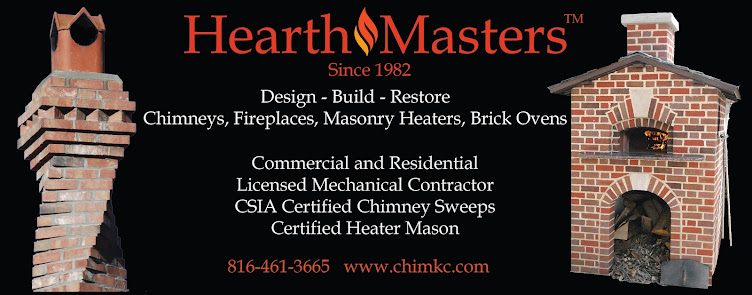By Audrey Elder
The massive chunk of walnut sat nearly a year next to the woodpile before we gave up on the idea of turning it into a new kitchen floor. Our woodpile consists of whatever fallen trees come our way. This particular behemoth was once part of a massive tree that fell on a friend’s farm property with no where to go but my yard. It was finally time for gloves, glasses and a chainsaw. The freshly cut chunks were quickly split into perfectly sized pieces for the woodstove. They smelled wonderful as I stacked them onto the pile, although my nose burned a bit with each whiff I took. Once alit in the living room, my sinuses reacted with vengeance. As it turns out, different kinds of firewood can create allergic reactions for different people. One might notice a sensitivity to oak while I sit on the other side of the room when burning walnut.
There are a large range of allergic reactions or sensitivities that can be brought on by wood including a sinus reaction or rash from touching wood. Nearly all woods have the potential to cause a reaction in some people. Unfortunately, there has been little research done on how different woods can cause a reaction when burned. It is unknown if having a known allergy to a specific wood based on a physician performed allergy test also means you will have a reaction to burning that wood. If you have a known allergy to mold however, make sure you are not burning firewood with mold present. If you have experienced sensitivity to your fireplace or woodstove keep a journal of what type of wood you are burning and if that particular wood is bothering you. If a type or types are confirmed this way try to avoid sitting close to the fireplace or stove or discontinue using that type all together.
It is also important to note
that smoke never has a place in the home, it should only be going up the
chimney. We often tend to think of keeping our chimney clean for the sole
purpose of preventing a chimney fire. Where avoiding chimney fires is an
obvious top priority, a dirty chimney won’t allow for a good draft to take
place. It makes it harder to start a fire and keep all that smoke where it
belongs. If you are still having trouble getting your fire to draft, it could
be an issue of negative air pressure or just super cold air. Consider having an
outside air supply, draft inducer, or whole house ventilator installed to fix
this issue.
So far, walnut has been the only wood I have to avoid burning. I was overjoyed last summer when my husband announced a friend offered him a fallen….oak! An entire winter back in my favorite spot in the house, next to the woodstove was happily in my future. May your home be warm and your sinuses happy!
______________________
Audrey Elder is an historian and writer living in Independence, Missouri. She works for HearthMasters, Inc.



